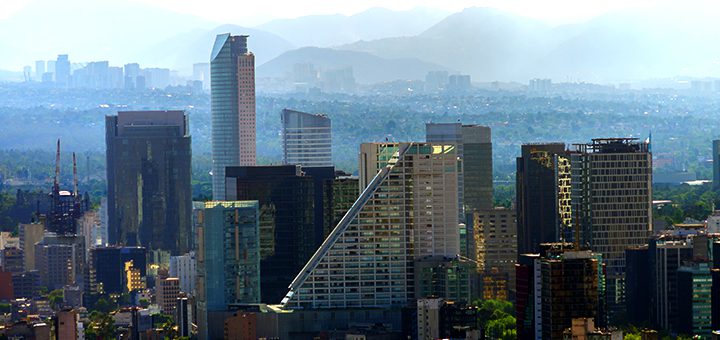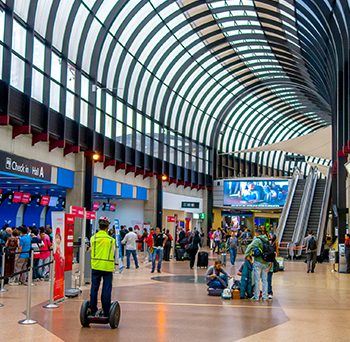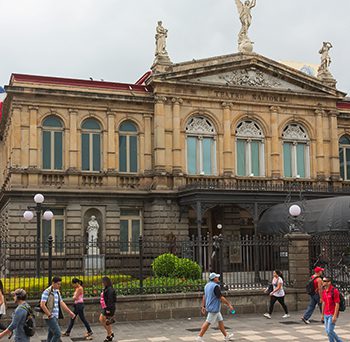
(English) Mexico’s future: infrastructure construction program
- Posted by México
- On 14 14UTC octubre 14UTC 2016
- 0 Comments
- architect, construction, infrastructure, mexico’s future, new airport
Mexico has always been one of the most progressive countries in the world and it has opened its doors to foreign investment since the upgrades in the constitution to enhance its energy sector in 2014. To maintain its competitive advantage on the supply chain, Mexico has prioritized transportation infrastructure creating a strong logistics network to benefit its manufacturing economy and the prosperity of the industrial sector.
Mexico’s infrastructure construction expenditure, with a market valuated in MXN $961 billion since 2015, is set to grow at a relatively strong rate in the next decade, and has a budget based on a forecast economic growth rate of 2-3% in 2017 being estimated to reach MXN $1.2 trillion in 2020. Ranking 64 of 148 countries in infrastructure sector, according to the Global Competitiveness Index of the World Economic Forum.
Economists agree that the country needs to accelerate its construction of roads, railroads, ports, energy plants and other physical infrastructure to become a solid industrial economy.
Within the umbrella of the reform plan, Mexico expects to upgrade its transportation sector, communications networks, the energy sector with solid and alternative sources as well as health-care, urban development and housing, and tourism.
As for this, Mexico has plans for a new airport to satisfy its current and projected transport needs. The $9-billion construction is expected to begin operations in 2020 with three runways that will be able to handle up to three landings and take offs at the same time, and a passenger capacity of 50 million per year. Fully completed, it will have two terminals and six runways with an average annual passenger capacity of 120 million.
The facilities will evoke a futuristic design in hands of the leading architect, UK-based Norman Foster in partnership with Mexico’s own Fernando Romero. The new airport will occupy an area at least three times larger than the current airport that ran out of space to expand. Including a new set of electric trains that will run from Chapultepec to the actual airport and in a second phase will extend to the new one.
If Mexico City’s new international airport opens as planned in 2020, the old airport will be demolished, leaving a free space the twice the size of New York’s Central Park for new developments, or urban projects.
Another current infrastructure project is the construction of a 57.7km high-speed rail linking Toluca and Mexico cities, running from Lerma to Santa Fe. The line will have four stations and two terminals, including a station in Metepec, closest to the Toluca international airport, including the construction of a tunnel to avoid environmentally protected areas. The train will have a maximum speed of 160km/h and it’s scheduled to open next year.
The train will be connected to a 4km extension of subway’s line 12, that will run from Mixcoac to Observatorio where it will connect with line 1, which are expected to significantly improve mobility between west and south parts of the city and to reduce traffic jams, including congestion of existing subway lines, strengthening the transport system.
Mexico has the potential to transform the future of the whole country, both in the urban and the democratic spheres with its infrastructure construction program. This may not be not be easy or fast, nevertheless, it is an opportunity to grow in competitiveness in this globalized world.




0 Comments